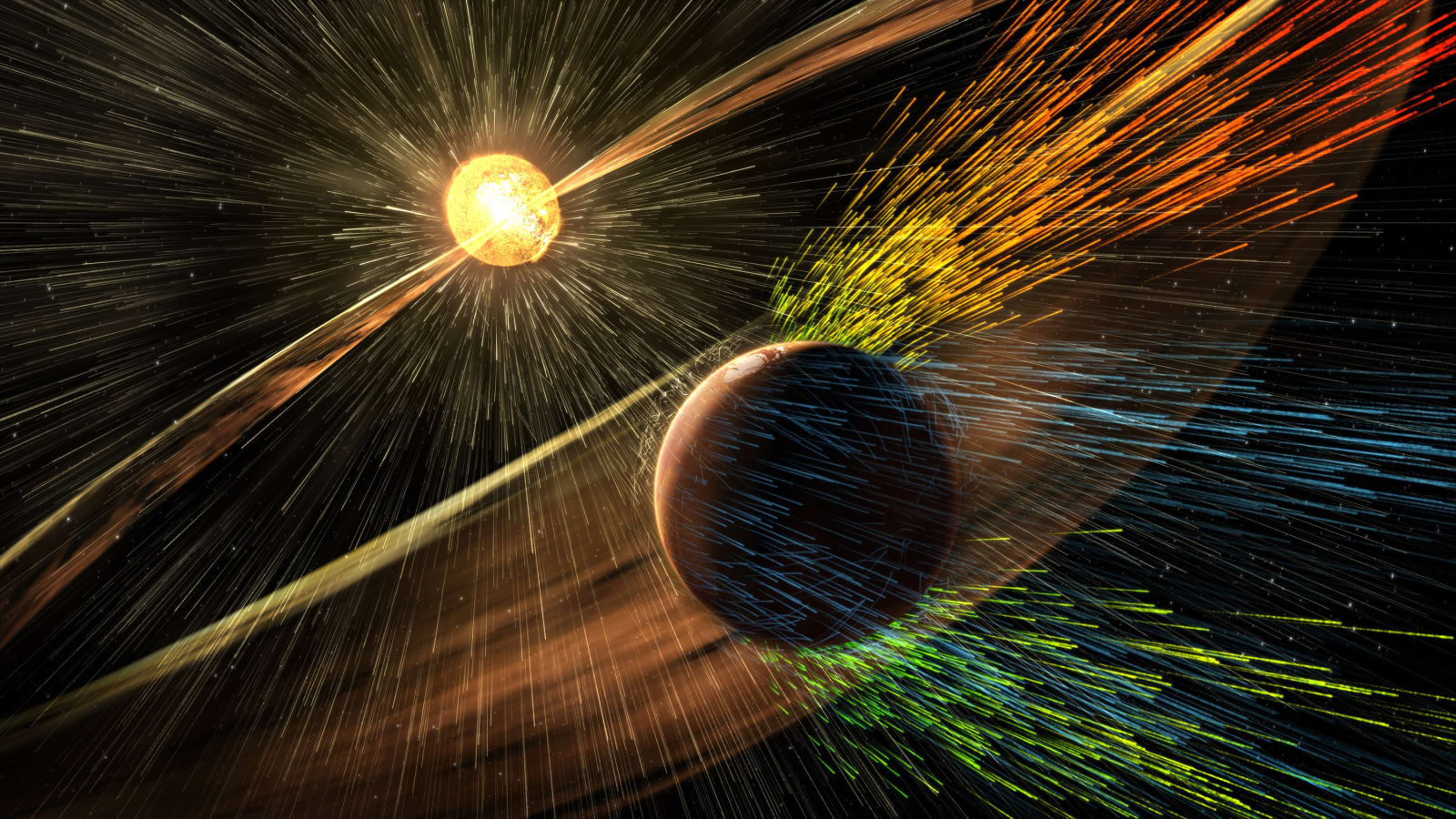
It's not often that researchers can verify a discovery that could change how we approach basic principles of technology, not just build on what we know. Nonetheless, MIT might have accomplished just such a feat in demonstrating a new state of magnetism. They've shown that a synthetically grown sample of herbertsmithite crystal (what you see above) behaves as a quantum spin liquid: a material where fractional quantum states produce a liquid-like flux in magnetic orientations, even if the material is solid. The behavior could let communications and storage take advantage of quantum entanglement, where particles can affect each other despite relatively long distances. MIT warns us that there's a wide gap between showing quantum spin liquids in action and developing a complete theory that makes them useful; we're not about to see Mass Effect's quantum entanglement communicator, if it's even possible. To us, realizing that there may be a wholly untapped resource is enough reward for now.
Filed under: Science, Alt
Comments
Source: MIT
 The Earth's magnetic north pole is constantly on the move, but it's now enough of a problem that it's having a significant effect on navigation technology. Scientists at the National Centers for Environmental Information have delivered an update to...
The Earth's magnetic north pole is constantly on the move, but it's now enough of a problem that it's having a significant effect on navigation technology. Scientists at the National Centers for Environmental Information have delivered an update to...
 The Earth's magnetic north pole is constantly on the move, but it's now enough of a problem that it's having a significant effect on navigation technology. Scientists at the National Centers for Environmental Information have delivered an update to...
The Earth's magnetic north pole is constantly on the move, but it's now enough of a problem that it's having a significant effect on navigation technology. Scientists at the National Centers for Environmental Information have delivered an update to...
 Ask scientists why Mars is cold and dead and they'll usually point to the death of its magnetic field some 4.2 billion years ago. Without that protection, solar winds gradually stripped it of most of its atmosphere. A NASA-led team, however, thinks t...
Ask scientists why Mars is cold and dead and they'll usually point to the death of its magnetic field some 4.2 billion years ago. Without that protection, solar winds gradually stripped it of most of its atmosphere. A NASA-led team, however, thinks t...
 Well that's disappointing. On January 27th, Japan's space agency (JAXA) successfully launched the Kounotori 6 spacecraft to the ISS. It was supposed to test a novel method of dragging space debris out of orbit however a technical issue prevented the...
Well that's disappointing. On January 27th, Japan's space agency (JAXA) successfully launched the Kounotori 6 spacecraft to the ISS. It was supposed to test a novel method of dragging space debris out of orbit however a technical issue prevented the...
 Until now, humanity has only known two forms of magnetism: ferromagnetism (the kind you see on your fridge) and antiferromagnetism (a sort of negative magnetism found in hard drives). However, MIT researchers just confirmed the existence of a third...
Until now, humanity has only known two forms of magnetism: ferromagnetism (the kind you see on your fridge) and antiferromagnetism (a sort of negative magnetism found in hard drives). However, MIT researchers just confirmed the existence of a third...
 For years, biologists have pondered how so many members of the animal kingdom -- from fruit flies and pigeons to sea turtles and wolves -- are able to navigate long distances apparently by sensing the Earth's magnetic field. Two theories have emerg...
For years, biologists have pondered how so many members of the animal kingdom -- from fruit flies and pigeons to sea turtles and wolves -- are able to navigate long distances apparently by sensing the Earth's magnetic field. Two theories have emerg...



